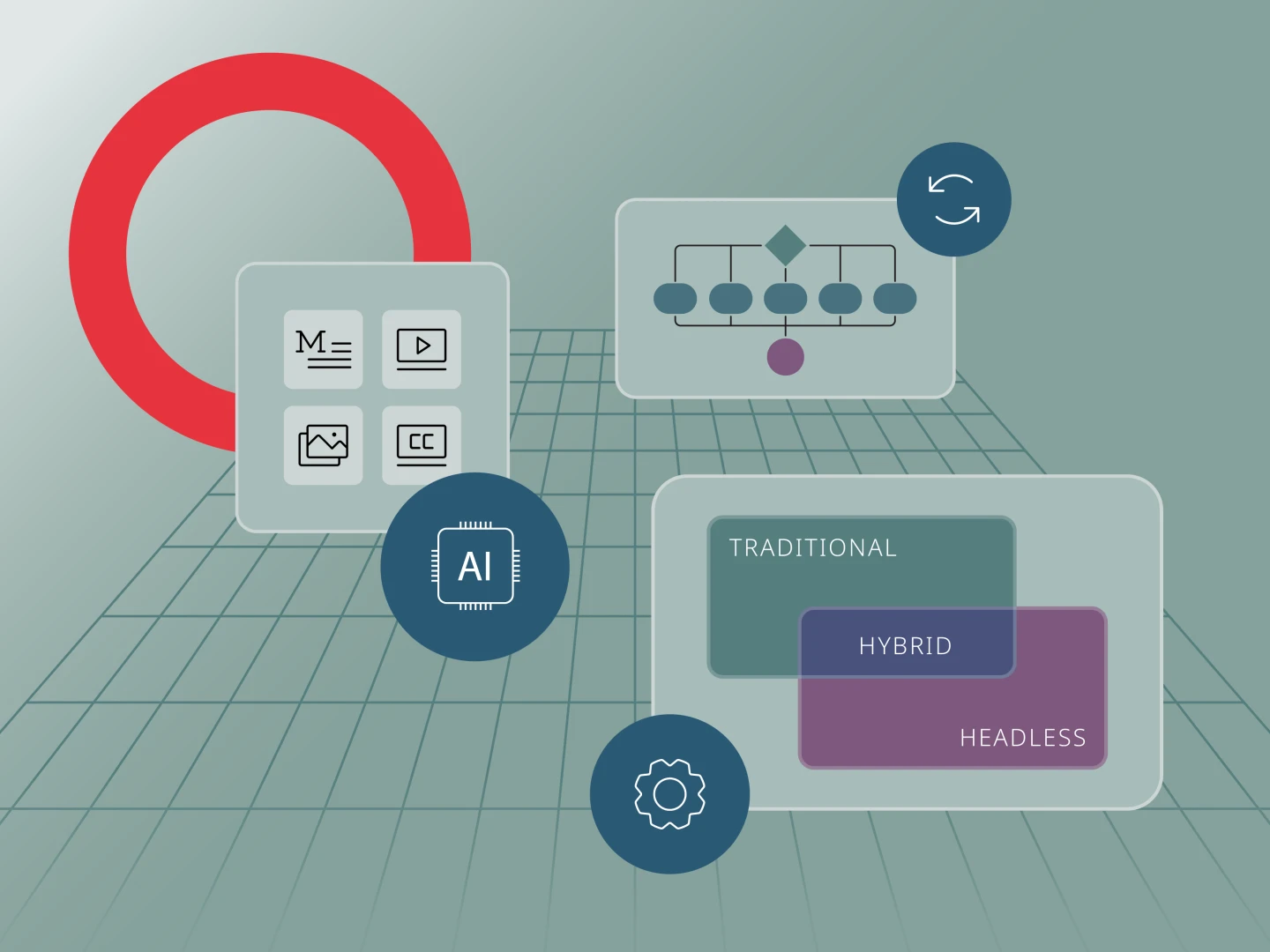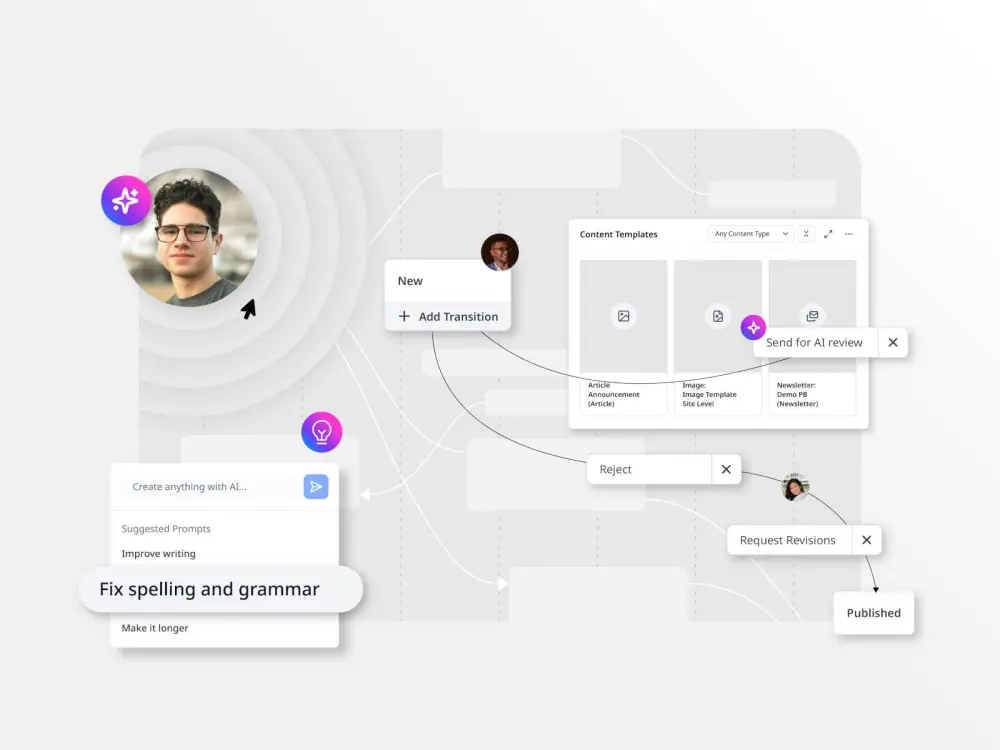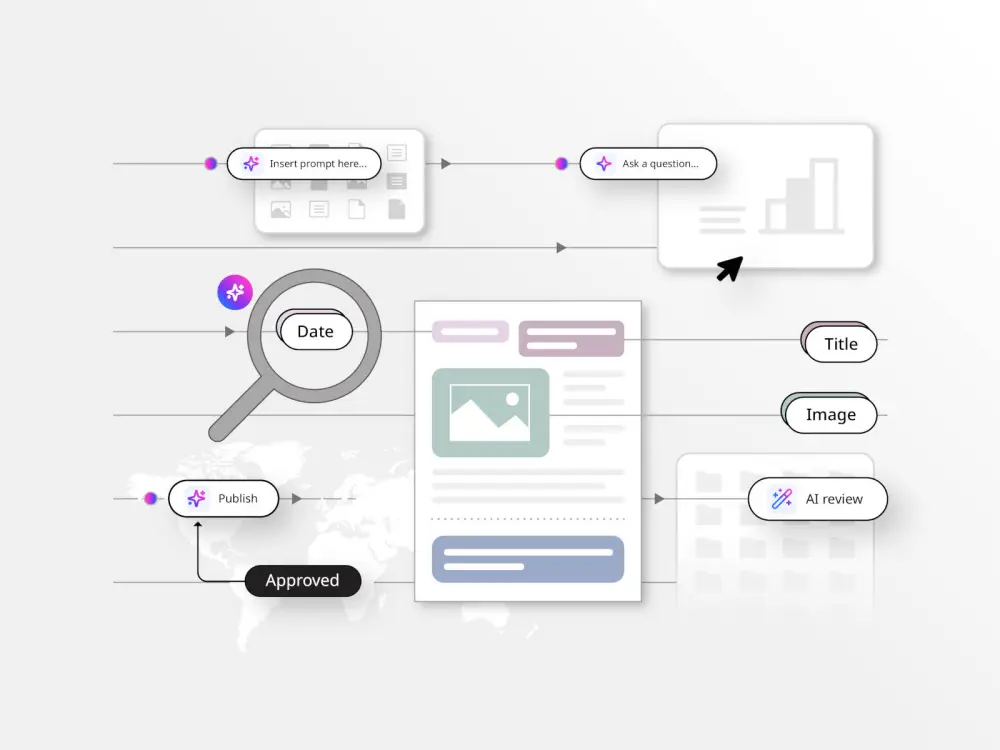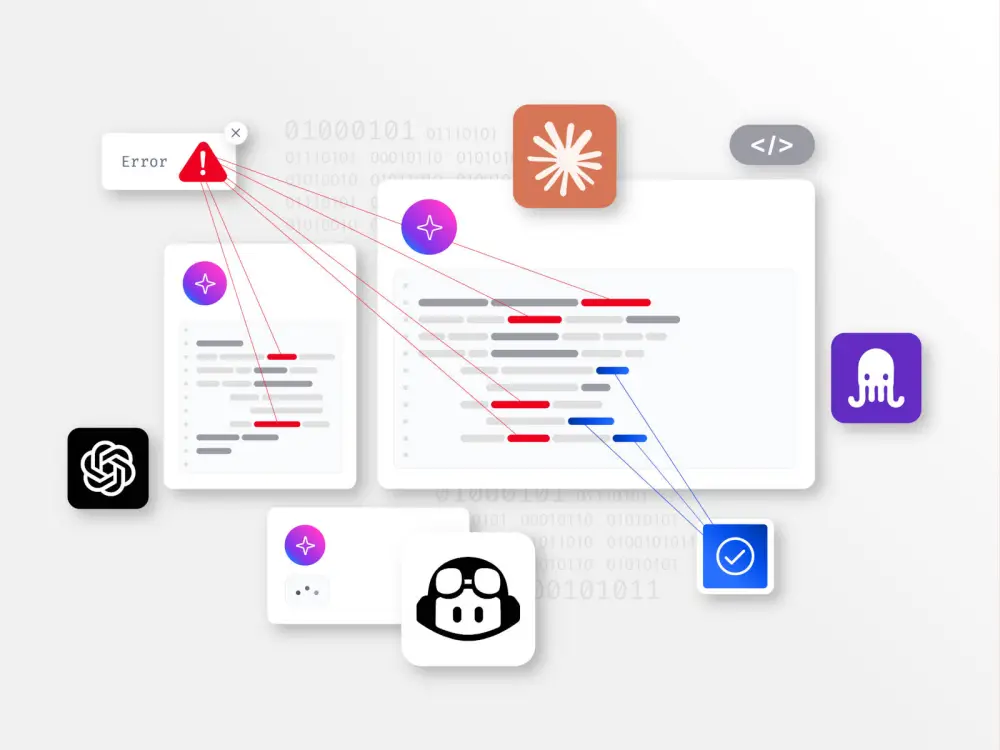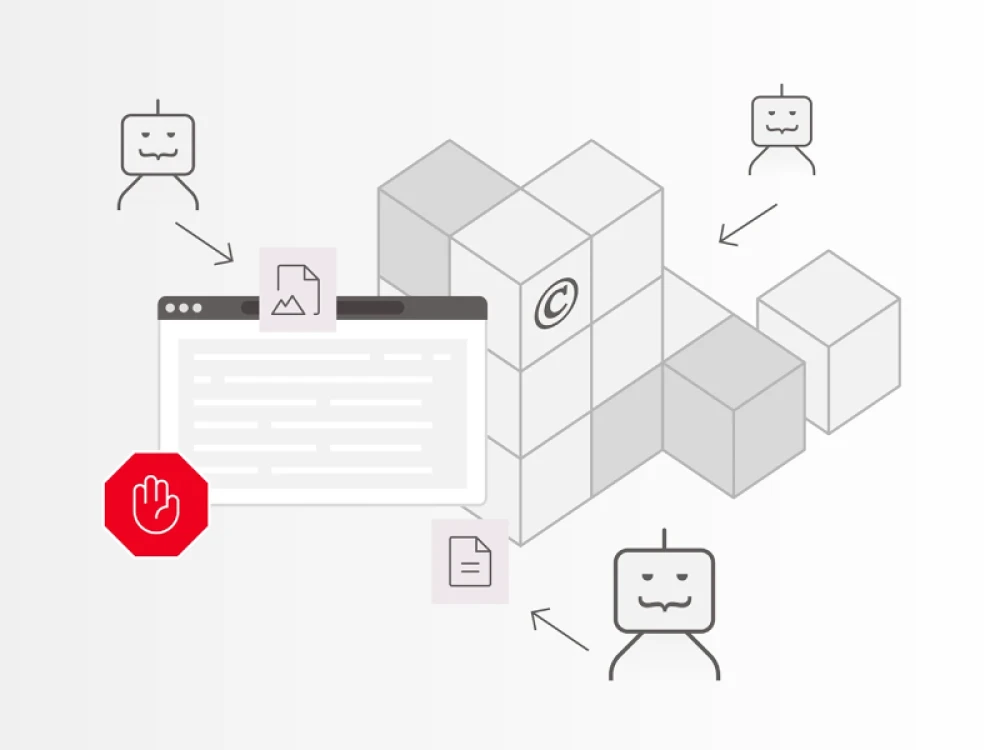The landscape of technology changes quickly—and content management systems certainly aren’t immune. The CMS landscape has already undergone its fair share of dramatic shifts since its birth in the mid-1990s, and it will surely continue to shift over the next several decades.
The CMS of today offers unprecedented flexibility, enabling businesses to deliver personalized content across an ever-growing array of digital channels. This isn’t just a technological change; it’s a strategic imperative. How can your business keep up?
First, let’s start by understanding where we are in terms of CMS trends, how we got here, and then what’s next and how to be ready for it.
Introduction: The evolving landscape of CMS
In the early 1990s, the earliest website content was essentially static—a single blob of content and code served to visitors together. As the web’s popularity grew in the late 1990s, and sites proliferated, early proprietary content management systems like FileNet and Vignette became popular. Those proprietary CMSs were quickly replaced as the popular kids in class by open-source CMS alternatives like Wordpress and Joomla in the 2000s.
In the 2010s, the surging popularity of mobile devices created the next sea change in CMS. At that time, the most popular type of CMS architecture was a traditional model, which includes the back-end editing interface, the front-end templates and CSS, any plugins, the database and a server.
The traditional model worked well for presenting web content to users on a web browser—but not so well for users on a mobile phone, a tablet or a watch. In 2016, mobile web use surpassed desktop use for the first time, and soon after, headless CMS entered the conversation, marking another new trend for the technology.
A headless CMS is essentially a content repository that allows you to deliver content to any front end or a user interface. Ultimately, the growth of “omnichannel” (which is just a fancy way of saying “lots of screens”) is a problem of presentation, or how the content looks.
A headless CMS solves that problem nicely by separating the content from the presentation—you’ll also hear a headless CMS referred to as a decoupled approach. Headless CMS can be a great approach for omnichannel content delivery, but it also requires more technical expertise, as engineers need to manage multiple API calls to get the content from point A to point B.
Perhaps the most recent trend in CMS is the emergence of hybrid content management systems. Think of a hybrid CMS as offering the best of both headless and traditional systems—a hybrid CMS will include the same APIs and services of a headless system, meaning you can easily deliver omnichannel content, while also boasting intuitive editing tools and templates to create digital experiences. Hybrid systems appeal equally well to developers and content creators, which makes them an ideal happy medium for larger businesses and organizations—in particular organizations where marketing and engineering need to work in lockstep.
How AI and machine learning are shaping CMS
As you can imagine, artificial intelligence (AI) and machine learning are driving another wave of changes in the CMS landscape.
Several have already incorporated web-based AI features to users—for instance, Squarespace now offers AI that will generate entire websites, including copy, color palettes, typography and imagery, in a matter of minutes.
Module
Meanwhile, others like Contentful and Brightspot are baking AI tools directly into the back-end editing experience, allowing users to engage with AI as they are working.
Other AI features that will likely begin to be woven into content management systems include:
- Content distribution: In addition to creating text content for articles and stories, AI can also assist with the creation of SEO attributes, as well as the translation of that content into different languages (which Brightspot has already been doingfor a number of years now).
- Personalization: AI can generate variations of content to be used for audience segments—a potential boon for strapped marketing teams.
- Tagging & automation: AI can be leveraged to automate routine tasks, such as content tagging, as well as workflow tasks and reminders.
In short, AI will play a pivotal role in the next wave of CMS functionality—indeed, it already is—and the most obvious and immediate benefit will be increased efficiency for the end users of those systems.
The continued rise of cloud-based CMS solutions
Another trend that will continue within the CMS landscape is the bias toward cloud-based systems, and away from the “on-premise” approach taken by many proprietary systems. The on-premise approach requires businesses to download the CMS software, install it on their own servers, and manage ongoing traffic, security and maintenance—a heavy lift for many organizations.
Cloud-based CMSes first came into vogue in the early 2000s, as part of the shift to open-source CMS and buoyed by the 2006 advent of Amazon Web Services. Their popularity shows no signs of abating; as recently as February 2024, more than 40% of the websites powered by a CMS use Wordpress, a cloud-based CMS.
Cloud-based systems are popular because they offer a wealth of benefits, plain and simple. Most offer robust built-in security features, automatic updates and maintenance, ease of scalability, reduced reliance on IT or engineering and, perhaps most important in today’s hybrid work setting, easy collaboration via browser. They’re also easy to learn, and easy to deploy... and when calculating total cost of ownership, all those perks add up.
Preparing for future trends: What to expect in CMS
In the rapidly evolving digital landscape, predicting the future is a perilous assignment. Luckily, the CMS industry is already in the middle of two major trends that should make reacting to any future developments a little easier.
These are our predictions for trends in the industry:
- Hybrid CMS will grow in popularity: Traditional and headless CMSes alike create lock-in—your business is committing to doing everything one way or the other with these systems. Hybrid will continue to democratize the CMS landscape, and more teams will meet each other in the middle by selecting a hybrid solution.
- AI’s toehold will expand to a foothold: The types of AI being integrated within CMS will expand, beyond text-based content generation to AI that creates entirely net-new images, slideshows and videos out of existing assets—including captions, transcriptions, and summaries.
- Workflow automation will further content efficiency: Many CMSes offer built-in workflow tools and dashboards, but moving forward, AI or simplified rule-building UIs will allow for more automation around initiating workflow reviews and editorial cycles.
- Intranet and knowledge management will get a makeover: While certainly not the sexiest of libraries, an organization’s internal documents, policies and procedures are ultimately content. Those internal content types and the employees responsible for them certainly stand to benefit from features like workflow, search and versioning—and smart businesses will keep a closer eye on their intranets.
How to stay ahead in the CMS game
As you can see, the CMS space has already undergone several evolutions since the 1990s, from the early days of static sites to today’s highly flexible platforms. The emergence of cloud-based systems, headless and hybrid solutions and the growing adoption of artificial intelligence will continue to shape the CMS landscape for the foreseeable future, as will automation and intranet. As you consider your own business’ strategic objectives for the next few years, keep these trends in mind as you make any CMS decisions.

